Speakers and DJ’s go hand in hand, and believe it or not, DJ mixers are actually the more complex bits of gear. Speakers come in many different sizes and styles to suit a variety of specialized applications but essentially there are two different kinds that pertain to DJ’ing and live music: powered and passive. Read along to understand the key differences of each and how to choose the best for your application, whether you are setting up a stage or just jamming at home!
Electro-acoustic devices, 21st century loudspeakers convert alternating current (AC) electrical energy into sound energy by means of a diaphragm (cone) attached to a moving coil (voice coil) surrounded by a stationary magnet. The first moving coil speakers came about in the 1920’s and the basic design has changed very little since then.
Equally important as the speaker itself is the amplifier, the magic box that boosts the sound waves for connected speakers to play. This boost is expressed as “voltage gain” and is measured in decibels. The higher the voltage gain, the more power (watts) the amplifier can push, thus the louder the speakers can play.
The amplifier orientation is what separates powered (also known as active) speakers from passive ones. Whereas powered speakers have the amplifier built-in, passive do not and require external (typically rack mounted) amplifiers. In the field, the easiest way to identify powered speakers is to look for LED indicator lights or power cables coming from the control panel (typically on the back). Both types can be found on the highest end entertainment stages throughout the world.
Powered speakers were initially developed for use as recording studio monitors but around the turn of the 21st century they started gaining a serious following for their ease of use and portability. Their innovative designs have now flooded the marketplace and can be found at every price point, all the way up to cutting-edge concert-type line arrays and subwoofers.
While both types of speakers can sound equally as good, but the integration of the power amplifier has many advantages – such as woofer/tweeter power-matching and built-in limiting. Since the amplifiers often use DSP (digital sound processing) to process the signal in the most optimized way for the speaker, there is no need for additional rack-mounted processing equipment.
Some powered speakers also have advanced features like feedback suppression and application specific sound modes (like “bass boost” or “speech”). For these reasons, they have become wildly popular with mobile DJ’s. On most active speakers you can plug in a DJ mixer, instrument or microphone and get great sound with zero fuss. If you plan on hauling the speakers a lot, don’t have a dedicated sound guy or want to rent/loan out at times – choose active speakers.
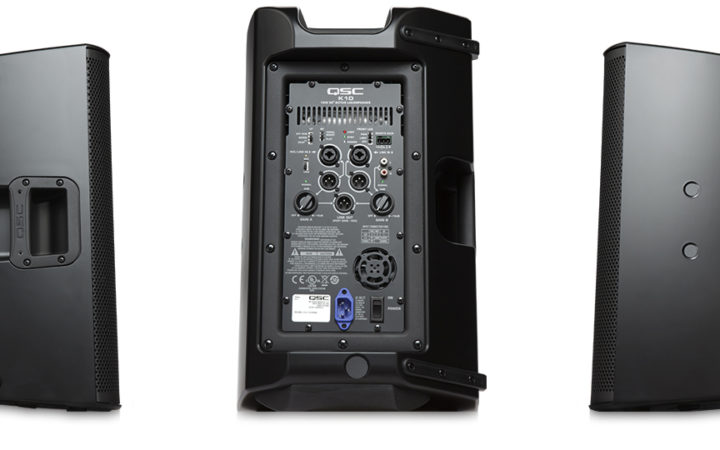
The amplifier / back plate of a QSC K10 powered speaker. Photo Credit – QSC.com
On the other hand, passive speakers tend to be more performance oriented and more heavily constructed. They do have some advantages over active though, like the ability to control an entire sound system from one central place, instead of adjusting settings on the back of each speaker. For a mobile DJ this makes little difference but in a professional setting, on a real stage, it is paramount that the operator stays out of the way.
They do require separate power amplifiers but one amplifier can power up to eight speakers in some situations, making the system lighter overall. While the different operating modes of active speakers fit the needs of most users, the ability to fine-tune individual parameters in the DSP of an amp rack is indispensable for sound engineers.
Additionally, passive speakers are easier to setup since they do not require a nearby power outlet or extension cord. If your goal is to throw big events and cover big crowds consider a passive speaker system for the reasons stated above. There will be a learning curve but many free learning resources are available for aspiring operators.
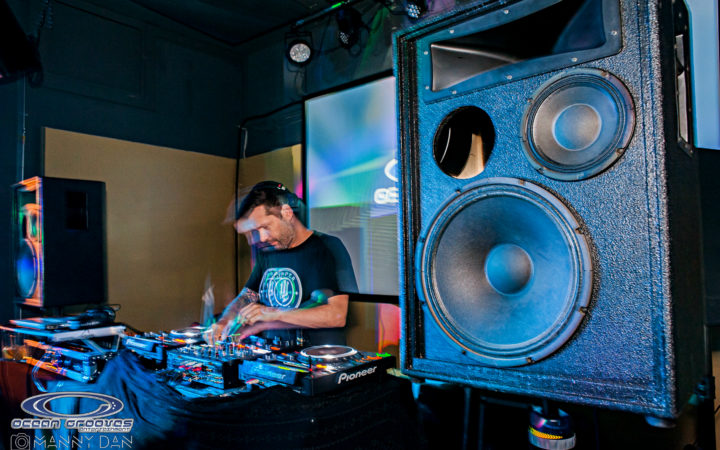
Passive speakers at a show. Photo Credit – Manny Dan Photography
Important things happen in Pacific Northwest nightlife, and DMNW will send you alerts!
Owner / Founder of AC AUDIO.

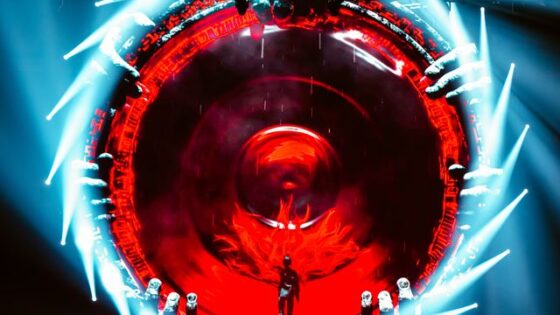




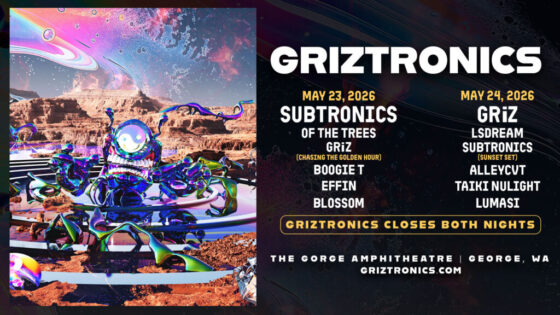
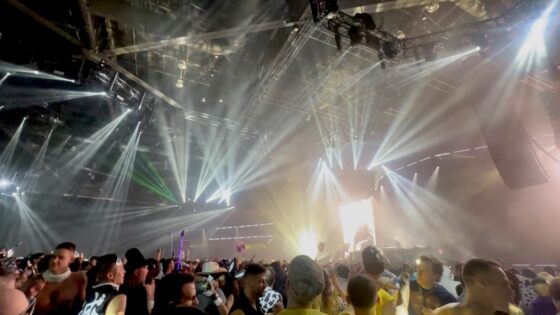
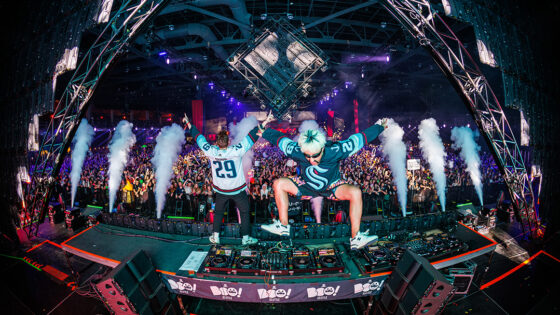

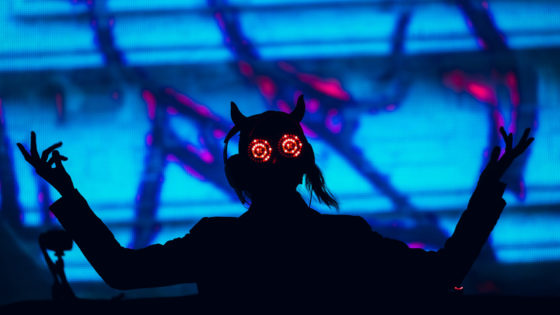
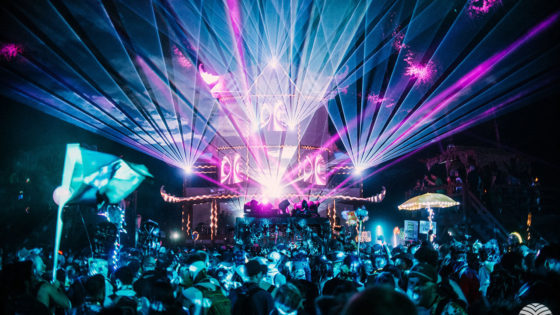
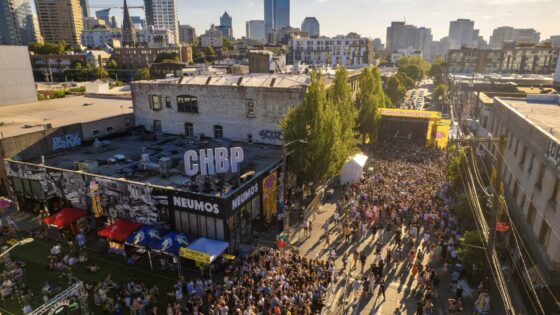
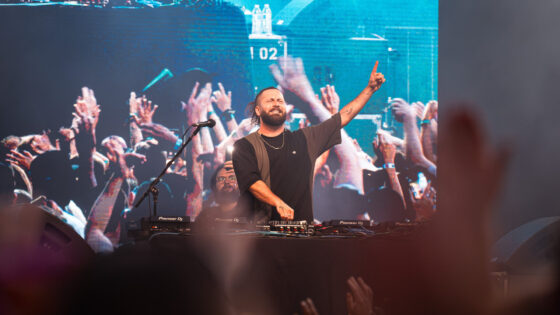



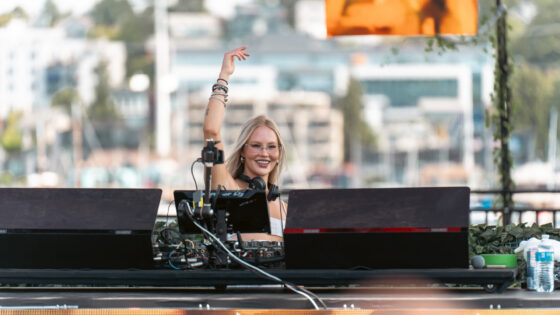
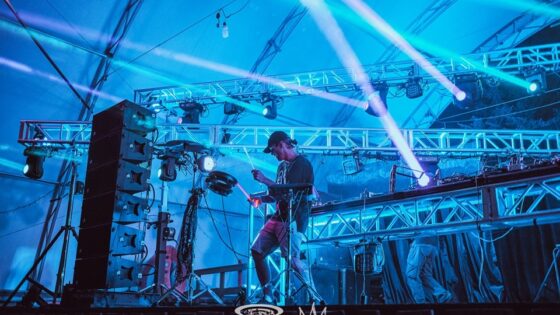

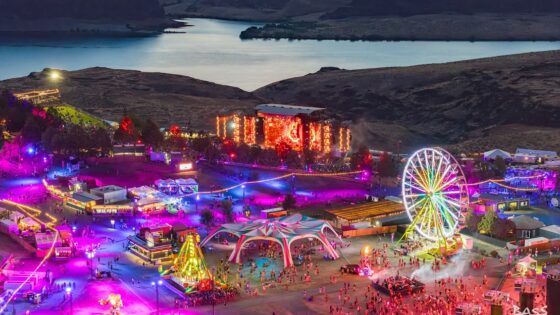






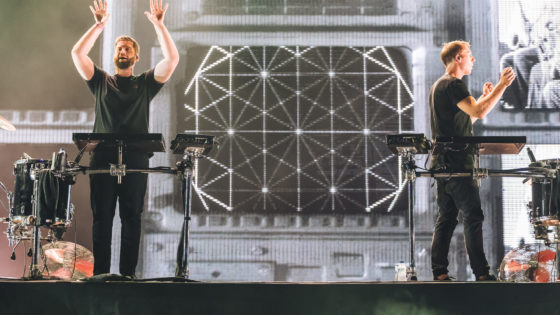
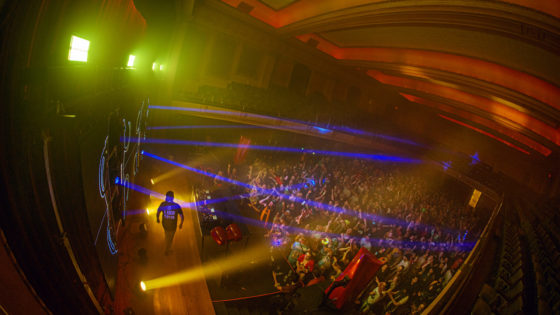
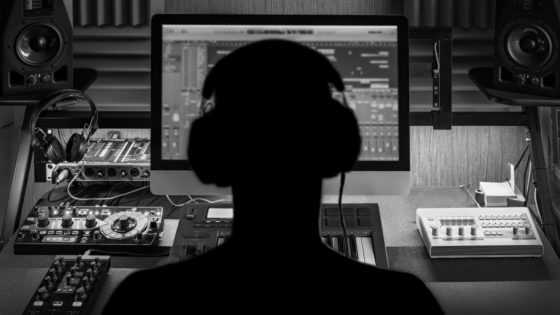
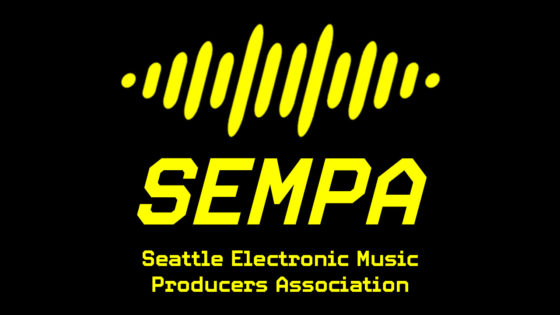
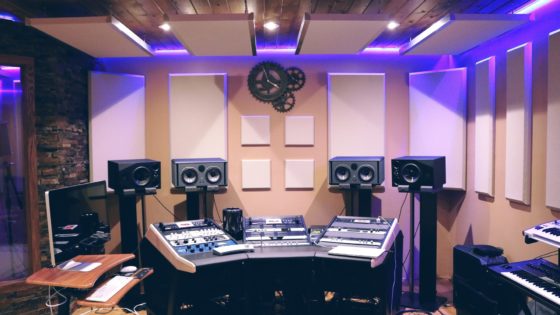


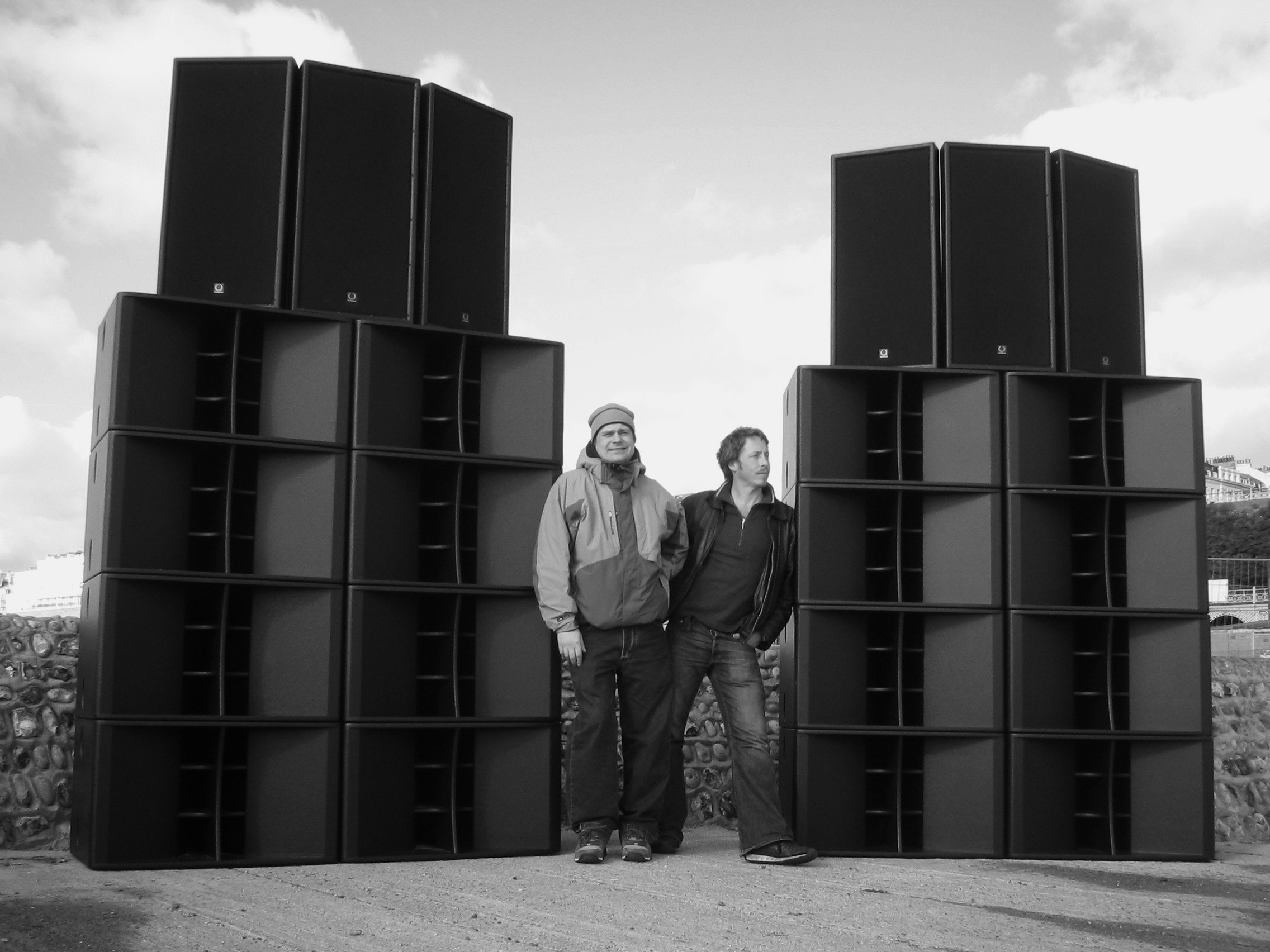


Rick Hendrickson
April 17, 2023 at 8:34 am
I’m going to use a new Rockville set of speakers this weekend for a school dance. One speaker is powered and the other is passive. Any need to use a mixer? Also, any tips?
Trevor
October 15, 2020 at 6:48 am
Thanks for sharing! Really impressive article. keep it up.
Altamirano
November 25, 2019 at 6:19 am
Thank you for sharing your thoughts!